Home>Garden Essentials>How To Decorate With Greenery
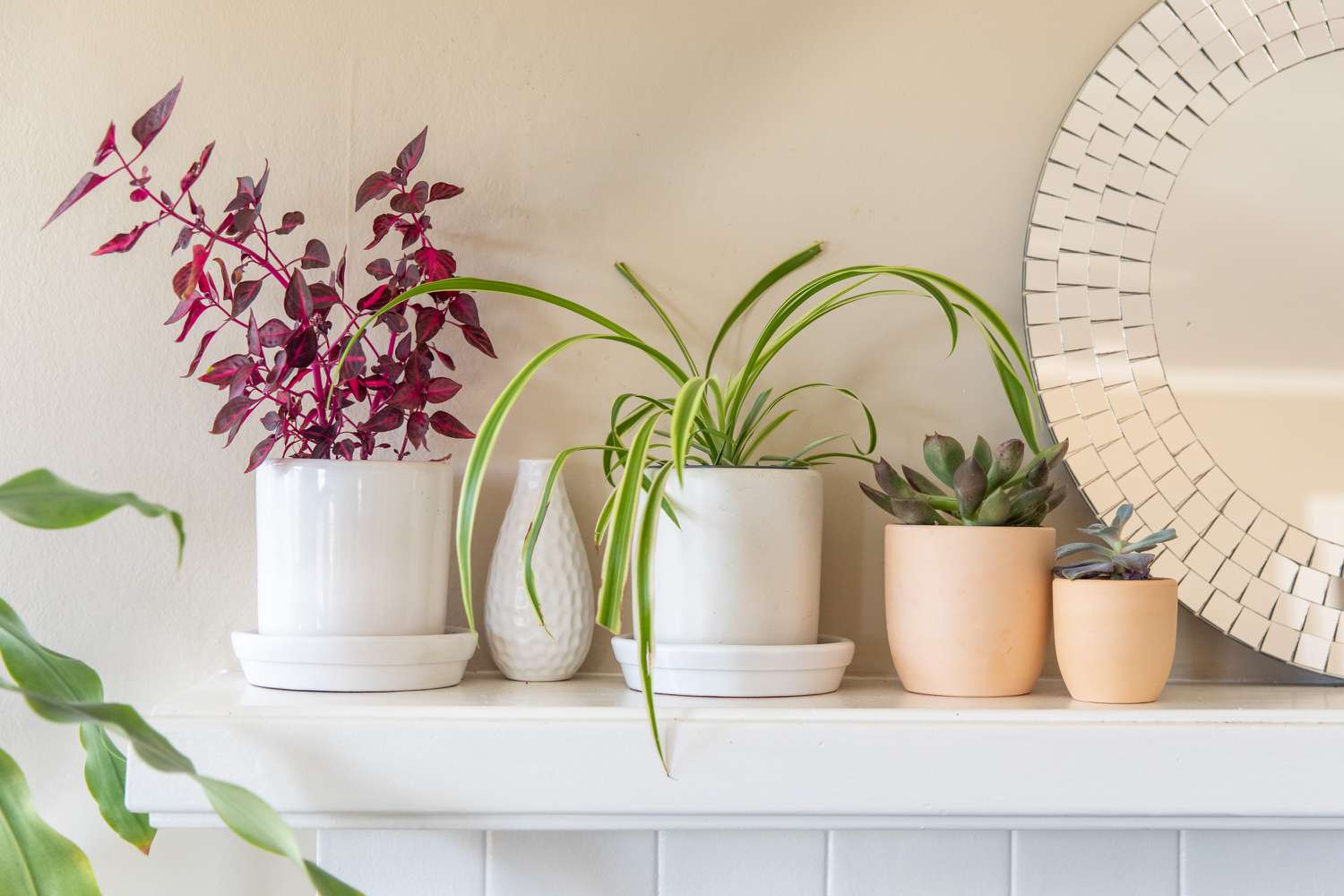

Garden Essentials
How To Decorate With Greenery
Modified: October 20, 2024
Learn how to incorporate greenery into your home decor with our expert tips. From indoor plants to outdoor gardens, discover creative ways to embrace nature in your living space.
(Many of the links in this article redirect to a specific reviewed product. Your purchase of these products through affiliate links helps to generate commission for Storables.com, at no extra cost. Learn more)
Introduction
Welcome to the world of greenery! Adding plants and garden elements to your living spaces can transform your home into a tranquil oasis and bring a touch of nature indoors. Whether you have a green thumb or are just starting to explore the wonders of gardening, this article will guide you on how to decorate with greenery and create a harmonious and vibrant environment.
Greenery has a multitude of benefits beyond aesthetics. Plants can improve air quality, reduce stress levels, and even boost productivity. With so many different types of plants available, you can choose the ones that suit your preferences, lifestyle, and the specific needs of each area in your home.
So, let’s dive into the world of greenery and discover how to select, incorporate, and maintain plants in various spaces within your home.
Key Takeaways:
- Bring the Outdoors In
Incorporating greenery into your living spaces not only adds beauty but also promotes a sense of calm and well-being. From statement plants to hanging planters, there are endless ways to bring the beauty of nature indoors. - Care for Your Greenery
Proper care and maintenance are essential for keeping your greenery healthy and thriving. From watering and lighting to pruning and pest control, each plant has its own unique needs that require attention and care.
Read more: How To Make Greenery Tomte With Greenery
Selecting the Right Greenery
When it comes to selecting greenery for your home, it’s important to consider various factors, including lighting conditions, available space, and your own personal preferences. Here are some tips to help you choose the right plants:
- Assess lighting conditions: Different plants have varying light requirements. Before selecting plants, determine the amount of natural light that enters each room. North-facing rooms generally receive less direct sunlight, while south-facing rooms tend to have more intense sunlight. East and west-facing rooms offer a balance of sunlight throughout the day. Choose plants that thrive in the lighting conditions of each room.
- Consider space constraints: Take into account the available space in each room before deciding on the size and type of plants. For smaller spaces, opt for compact plants or consider hanging plants to save on floor space. Larger rooms can accommodate taller plants or statement pieces.
- Match plants to your lifestyle: Consider your lifestyle and commitment to plant care. If you travel frequently or have a busy schedule, choose low-maintenance plants that require minimal watering and care.
- Think about aesthetic preferences: Choose plants that align with your personal style and the overall aesthetic of your home. Whether you prefer a modern, minimalist look or a lush, tropical vibe, there are plants to suit every taste.
Some popular indoor plants that are known for their adaptability, low maintenance, and air-purifying properties include the snake plant, pothos, spider plant, and peace lily. These plants thrive in various lighting conditions and add a touch of green to any space.
Don’t limit yourself to just indoor plants; consider incorporating outdoor greenery as well. If you have a balcony, patio, or backyard, you can select plants that thrive in your local climate and use them to spruce up your outdoor living areas.
Remember, selecting the right greenery is all about finding plants that not only add beauty to your home but also thrive in the specific conditions of each room. Take some time to research and experiment with different options to find the perfect balance between aesthetics and functionality.
Incorporating Greenery in Living Spaces
The living room is the heart of any home, and incorporating greenery into this space can bring a breath of fresh air and natural beauty. Here are some creative ways to incorporate greenery in your living room:
- Statement plants: Choose a large, eye-catching plant as a focal point in your living room. A tall fiddle-leaf fig or a cascading monstera can add drama and visual interest.
- Plant shelves: Install floating shelves or a plant stand near a window to create a mini indoor garden. Display a mix of small potted plants and trailing vines for a lush and inviting look.
- Hanging planters: Hang plants from the ceiling or wall using macrame plant hangers or decorative hooks. This not only saves space but also adds an element of greenery at eye level.
- Vertical gardens: Create a vertical garden using wall-mounted planters or a living wall system. This is especially useful for small living rooms or apartments with limited floor space.
- Terrariums: Add a touch of whimsy to your living room with a beautiful terrarium. These mini ecosystems can be displayed on coffee tables or shelves, adding a unique visual element.
In addition to these design ideas, consider placing plants near windows to take advantage of natural light. Grouping plants with different colors and textures can create a visually appealing display. Don’t forget to choose pots and planters that complement your living room’s decor style and color scheme.
Remember to position plants where they can thrive in terms of light exposure. Some plants, such as succulents and cacti, prefer bright, direct sunlight, while others, like ferns, thrive in partial shade. Be mindful of your plant’s specific needs and adjust their placement accordingly.
Greenery doesn’t have to be limited to the living room alone. Consider extending the natural elements into adjoining spaces, such as the entryway or hallway. Adding a small table with a potted plant or hanging a plant near the entrance can create a warm and welcoming atmosphere.
Incorporating greenery in your living spaces not only adds beauty and freshness but also promotes a sense of calm and well-being. Experiment with different arrangements and display techniques to find the perfect balance between aesthetics and functionality.
Decorating with Greenery in Bedrooms
Your bedroom is your sanctuary, and incorporating greenery into this space can create a soothing and peaceful atmosphere. Here are some ideas to decorate your bedroom with greenery:
- Bedside plants: Place a small potted plant on your nightstand or windowsill. Choose plants that have relaxing properties, such as lavender or aloe vera, to promote better sleep.
- Hanging plants: Install hanging planters near windows or from the ceiling. This adds a touch of nature and visual interest, especially if your bedroom has high ceilings.
- Vertical green wall: Create a green wall by installing a vertical garden system or arranging wall-mounted planters. This can serve as a beautiful backdrop behind your bed or as a focal point in your bedroom.
- Plant shelves: Incorporate floating shelves or a plant stand near a window to create a display of your favorite plants. Mix different species and heights for texture and variety.
- Terrariums: Add a touch of whimsy to your bedroom with small, tabletop terrariums. These miniature gardens not only add a decorative element but also require minimal care.
Choose plants that have air-purifying qualities such as snake plants, peace lilies, or Boston ferns. These plants can improve indoor air quality and create a healthier sleeping environment.
In addition to placement, consider the pot or planter style and color to complement your bedroom decor. Opt for ceramic pots or woven baskets for a natural and organic feel. Decorative planters in metallic finishes can add a touch of glamour to a more modern bedroom setting.
When selecting plants for your bedroom, be mindful of their care requirements. Some plants, such as succulents or ZZ plants, are low maintenance and can thrive in various lighting conditions. However, others, like orchids or fiddle-leaf figs, may need more specific care and attention.
Lastly, consider the scent of the plants you choose for your bedroom. Some plants, such as jasmine or eucalyptus, have a calming fragrance that can enhance relaxation and promote restful sleep.
By incorporating greenery in your bedroom, you can create a peaceful and serene space that promotes relaxation and rejuvenation. Experiment with different plant types and display options to achieve the desired atmosphere and aesthetic in your personal retreat.
Enhancing Dining Areas with Greenery
Adding greenery to your dining area can create a refreshing and inviting atmosphere for meals with family and friends. Here are some creative ways to enhance your dining area with greenery:
- Table centerpieces: Create beautiful and eye-catching table centerpieces using fresh flowers, potted herbs, or succulents. Choose arrangements that complement your dining table’s style and the overall theme of your dining area.
- Herb garden: Place a small herb garden on your kitchen counter or a nearby window sill. Fresh herbs not only add visual appeal but can also be used in your cooking to enhance flavors.
- Vertical garden backdrop: Install a vertical garden or arrange wall-mounted planters on an empty wall in your dining area. This creates a stunning green backdrop and adds a touch of nature to your meals.
- Floating shelves: Install floating shelves near your dining table and display a collection of small potted plants or succulents. This adds a vertical element and saves space on your dining table.
- Hanging planters: Hang plants from the ceiling above your dining table using decorative hooks or macrame hangers. This not only adds greenery but also creates an intimate and cozy atmosphere.
When choosing plants for your dining area, consider using edible plants such as herbs or microgreens. Having these plants within reach allows you to garnish dishes with fresh herbs or add a nutritious touch to your meals.
In terms of pot or planter styles, you can opt for sleek and modern containers for a contemporary dining area or choose rustic terracotta pots for a more farmhouse-inspired look. Don’t be afraid to mix and match different plant varieties and pot styles to create a visually appealing arrangement.
Lighting is also crucial in dining areas, so make sure the plants you select can thrive in the available light conditions. If natural light is limited, consider using grow lights or selecting plants that can tolerate lower light levels.
Remember to maintain your plants’ health by providing proper watering and care. Avoid overwatering or allowing water to sit in the planters for too long, as this can lead to root rot. Regularly remove any dead leaves or trim back overgrown foliage to keep your greenery looking fresh and vibrant.
By incorporating greenery in your dining area, you create a pleasant and lively ambiance that enhances mealtime experiences. It’s a wonderful way to bring the beauty of nature into your dining space and make every meal a special occasion.
Read more: How To Describe Greenery
Greenery in Kitchen Decor
The kitchen is often the heart of the home, and incorporating greenery into its decor can add a fresh and vibrant touch to the space. Here are some creative ideas for incorporating greenery into your kitchen:
- Windowsill herb garden: Utilize your kitchen windowsill to create a mini herb garden. Grow fresh herbs like basil, mint, or parsley, which can be easily accessed while cooking and add a burst of flavor to your dishes.
- Hanging planters: Hang small potted plants near windows or from the ceiling to save counter space and add a unique visual element. Consider plants like pothos or spider plants that thrive in various light conditions.
- Trailing vines: Place trailing vines, such as English ivy or philodendron, on top of cabinets or shelves. These vines cascade down, creating an aesthetically pleasing display and filling any empty spaces.
- Vertical garden wall: Install a vertical garden system on a blank wall in your kitchen. Grow herbs or small vegetables vertically, saving space and creating a beautiful and functional feature.
- Kitchen island plants: Place small potted plants or succulents on your kitchen island to add a touch of nature. These plants can serve as decorative accents and create a focal point in your kitchen.
In addition to these ideas, consider incorporating greenery through decorative planters, such as ceramic pots or woven baskets, that match your kitchen’s style. Grouping plants with different sizes and textures can create an eclectic and visually pleasing arrangement.
When selecting plants for your kitchen, take into consideration the lighting conditions. Most kitchens have bright, indirect light, making it suitable for a wide variety of plants. However, be mindful of placing plants too close to heat sources, as they may dry out quickly.
Another way to incorporate greenery into your kitchen is by utilizing plant-inspired accessories and decor. Hang botanical-themed artwork, use kitchen towels or tablecloths with leaf patterns, or display decorative items like ceramic fruit or vegetable sculptures. These elements can add a touch of nature and enhance the overall greenery theme in your kitchen.
Remember to provide proper care for your kitchen plants, including regular watering, fertilizing, and pruning if needed. Be mindful of any specific care requirements for the plants you select and adjust your routine accordingly.
By adding greenery to your kitchen decor, you not only infuse the space with a lively and fresh atmosphere, but you also create a connection to nature in the heart of your home. Enjoy the beauty and benefits of plants while preparing delicious meals and spending time with family and friends.
Incorporate different types of greenery, such as ferns, succulents, and trailing plants, to add texture and depth to your decor. Mix and match different shades of green for a more dynamic look.
Decorating with Greenery in Bathrooms
The bathroom is often a space we overlook when it comes to decor, but incorporating greenery can transform it into a calming oasis. Here are some creative ways to decorate your bathroom with greenery:
- Shower plants: Choose plants that thrive in humid conditions, such as ferns, orchids, or bamboo, and place them near your shower or bathtub. These plants not only add a refreshing touch but also thrive in the bathroom’s moisture.
- Wall-mounted planters: Install wall-mounted planters to create a vertical garden in your bathroom. This is a great option if you have limited floor or counter space. Choose plants with trailing vines, like pothos or ivy, for a lush and cascading effect.
- Succulents: Incorporate small succulent plants on bathroom shelves or windowsills. These low-maintenance plants thrive in dry conditions and add a touch of green to your bathroom decor.
- Air plants: Use air plants, also known as Tillandsia, to add a unique and whimsical touch to your bathroom. These plants don’t require soil and can be displayed in hanging terrariums, mounted on driftwood, or placed in decorative holders.
- Shelf or ledge display: Arrange a collection of small potted plants or succulents on bathroom shelves or ledges. Mix different plant types and sizes to create an interesting and visually appealing display.
When selecting plants for your bathroom, consider its lighting conditions. If your bathroom has a window that receives natural light, choose plants that thrive in bright, indirect sunlight. For bathrooms with limited natural light, opt for plants that can tolerate low-light conditions, such as snake plants or ZZ plants.
Additionally, be mindful of the space and humidity levels in your bathroom. Choose plants that can handle the occasional splashes of water and the generally higher humidity levels found in bathrooms. Avoid placing plants too close to water sources to prevent water damage or root rot.
You can also enhance the greenery theme in your bathroom by incorporating natural elements like pebbles, seashells, or bamboo accessories. Use plant-inspired artwork, botanical shower curtains, or leaf-shaped bath mats to further elevate the botanical atmosphere.
Remember to regularly care for your bathroom plants by watering them appropriately and providing occasional misting to maintain humidity. Clean the leaves to prevent dust buildup and ensure your plants stay healthy and vibrant.
By decorating your bathroom with greenery, you create a serene and spa-like environment. Enjoy the beauty and tranquility of nature as you unwind and rejuvenate in your own personal oasis.
Utilizing Greenery in Home Offices
Your home office is a space where productivity and focus are key, and incorporating greenery can help create a calming and inspiring atmosphere. Here are some ways to utilize greenery in your home office:
- Desk plants: Place a small potted plant, such as a peace lily or succulent, on your desk to add a touch of green and visual interest. Choose plants that are known for their air-purifying properties to create a healthier workspace.
- Bookshelf greenery: Place small potted plants or trailing vines on your bookshelves. This adds a natural element and can soften the look of the office space.
- Wall-mounted planters: Install wall-mounted planters or a living wall system in your home office. This allows you to incorporate greenery without taking up valuable desk space.
- Macrame plant hangers: Hang plants near windows or from the ceiling using macrame hangers. This adds a bohemian touch and creates a visually appealing focal point.
- Vertical desk garden: Create a vertical garden on your desk using small planters or a desktop plant stand. This not only adds greenery but also serves as a space-saving solution.
When selecting plants for your home office, consider the lighting conditions. If your office receives ample natural light, choose plants that thrive in bright, indirect sunlight. For offices with limited natural light, consider low-light plants like pothos or ZZ plants that can thrive under artificial lighting.
In addition to improving aesthetics, greenery in your home office can have a positive impact on your productivity and well-being. Studies have shown that plants can reduce stress, increase focus, and improve air quality, creating a healthier and more conducive work environment.
When arranging your greenery, be mindful of not cluttering your workspace. Leave enough room for your essential work items and ensure that the plants do not obstruct your view or become a distraction.
Regularly care for your home office plants by watering them appropriately and providing adequate light. Dust the leaves to keep them clean and promote optimal growth. Taking care of your plants can also serve as a relaxing and rejuvenating break from your work tasks.
Don’t forget to personalize your home office with other elements of decor, such as motivational artwork, inspirational quotes, or calming scents. These additional touches can complement the greenery and create a space that truly inspires and nurtures your creativity.
By utilizing greenery in your home office, you create an environment that promotes focus, productivity, and well-being. Enjoy the benefits of nature and surround yourself with the beauty of plants as you work and pursue your goals.
Greenery in Outdoor Spaces
Bringing greenery into your outdoor spaces can create a vibrant and refreshing atmosphere, transforming your outdoor area into a tranquil retreat. Here are some ideas for incorporating greenery into your outdoor spaces:
- Container gardening: Utilize containers and planters to create a mini garden on your patio, balcony, or deck. Choose a variety of plants, including flowers, herbs, and small trees, to add color and texture to your outdoor space.
- Vertical gardens: Install a trellis, wall-mounted planters, or a living wall system to create a vertical garden. This is a great option for small outdoor spaces or for adding greenery to the walls of your patio or balcony.
- Pergola or arbor: Incorporate climbing plants, such as roses or jasmine, on a pergola or arbor. This creates a beautiful and fragrant canopy and provides shade for outdoor seating areas.
- Shrubs and hedges: Plant shrubs and hedges around your outdoor space to create privacy and define different zones. Choose evergreen varieties for year-round greenery or flowering shrubs for added color.
- Water features: Incorporate water features, such as fountains or small ponds, into your outdoor space. Surround them with water-loving plants, such as water lilies or papyrus, for a serene and natural oasis.
Consider the climate and specific environmental conditions in your outdoor area when selecting plants. Choose plants that are native to your region or that are well-suited to your local climate. This will ensure that the plants thrive and require less maintenance in the long run.
When arranging your outdoor greenery, think about creating visual interest and focal points. Mix various plant heights, colors, and textures for a well-balanced and dynamic display. Group plants together in clusters or create attractive pathways lined with greenery to guide the eye and create a sense of flow.
Proper care and maintenance are essential to keep your outdoor greenery looking its best. Water plants regularly, especially during dry periods, and provide adequate drainage to prevent waterlogging. Prune and trim plants as needed to maintain their shape and promote healthy growth. Apply fertilizer to provide essential nutrients and encourage abundant flowering and foliage.
Don’t forget to incorporate other elements into your outdoor decor to complement the greenery. Add comfortable seating, decorative lighting, and outdoor accessories to create a welcoming and inviting space where you can relax and enjoy nature.
By incorporating greenery into your outdoor spaces, you can create a natural and serene setting that allows you to connect with the beauty of the outdoors. Enjoy the fresh air, the sights, and the sounds of nature as you unwind and make the most of your outdoor living area.
Read more: How To Attach Greenery To A Sign
Maintaining and Caring for Greenery
Once you’ve incorporated greenery into your living spaces, it’s important to provide proper care and maintenance to keep your plants healthy and thriving. Here are some essential tips for maintaining and caring for your greenery:
- Watering: One of the most crucial aspects of plant care is watering. Ensure that you understand the specific watering needs of each plant and water them accordingly. Avoid overwatering, as it can lead to root rot, yellowing leaves, or fungal diseases. Water your plants when the soil feels dry to the touch, and remember that some plants prefer to dry out slightly between waterings.
- Lighting: Different plants have different lighting requirements. Some thrive in bright, direct sunlight, while others prefer indirect or partial shade. Place your plants in locations that provide the appropriate amount of light for their specific needs. Monitor the lighting conditions in your home and adjust the placement of your plants accordingly.
- Fertilizing: Regular fertilization helps provide essential nutrients to your plants, promoting healthy growth and vibrant foliage. Use a balanced, water-soluble fertilizer suitable for indoor plants, and follow the instructions on the packaging. Be mindful not to over-fertilize, as it can lead to salt build-up in the soil, causing damage to the roots.
- Pruning: Pruning is essential for maintaining the shape and health of your greenery. Remove dead or yellowing leaves regularly, as they can attract pests or diseases. Trim back overgrown branches or stems to maintain a compact and tidy appearance. Prune plants after they have finished flowering or during their dormant season to encourage new growth.
- Pest control: Monitor your plants for signs of pests, such as aphids, mealybugs, or spider mites. If you spot any pests, remove them manually or use organic insecticidal soaps or insecticides specifically formulated for indoor plants. Regularly inspect your plants to catch any infestations early and take appropriate measures to prevent them from spreading.
- Rotation: Consider rotating your indoor plants periodically to ensure that all sides receive equal exposure to light. This helps prevent uneven growth and keeps your plants looking balanced and healthy.
- Cleaning: Dust can accumulate on leaves, blocking sunlight and hindering photosynthesis. Regularly wipe the leaves of your plants with a damp cloth or gently shower them with water to keep them clean and free from dust. This not only promotes proper growth but also enhances the aesthetic appeal of your greenery.
Additionally, it’s important to keep in mind that each plant has its own specific care requirements. Research and familiarize yourself with the needs of each plant, including preferred temperatures, humidity levels, and any specific care instructions. By understanding the unique needs of your greenery, you can provide the best possible care and promote optimal growth.
Lastly, remember that caring for your greenery is not just a one-time task but an ongoing commitment. Regularly check on your plants, observe their growth, and make adjustments to their care as needed. By providing proper care, your greenery will reward you with beautiful foliage, improved air quality, and a sense of tranquility in your living spaces.
Conclusion
Greenery has the power to transform any space into a vibrant and inviting environment. Whether you’re looking to decorate your living room, bedroom, dining area, kitchen, bathroom, home office, or outdoor spaces, incorporating plants and greenery can bring a sense of tranquility, beauty, and connection to nature.
Throughout this article, we explored various ways to enhance your living spaces with greenery, from selecting the right plants to incorporating them in creative and appealing ways. We discussed the importance of matching plants to lighting conditions, considering space constraints, and reflecting personal preferences in your choices. We also looked at the benefits of specific plants for different areas of your home, such as calming lavender in bedrooms or air-purifying snake plants in living rooms.
By incorporating greenery, you not only add visual appeal but also reap the numerous benefits that plants offer. Improved air quality, reduced stress levels, and increased productivity are just a few of the positive effects that greenery can have on your overall well-being.
We also explored the importance of proper care and maintenance for your greenery. From watering and lighting to fertilizing and pest control, it’s crucial to provide the necessary care to keep your plants healthy and thriving. Regular pruning, dusting, and monitoring for pests are essential tasks to ensure your greenery stays in its best form.
Remember, each living space has its own unique requirements, and it’s important to adapt your choices and care routines accordingly. Take the time to understand the specific needs of your plants and adjust their placement and care as needed.
Whether you’re a seasoned gardener or just beginning your journey with plants, incorporating greenery into your living spaces can be a rewarding and enjoyable experience. It allows you to create a harmonious and welcoming atmosphere, improving both the aesthetic appeal and the overall well-being of your home.
So, go ahead and let your inner gardener flourish. Explore the vast array of plant options, experiment with different arrangements, and watch as your living spaces come alive with the beauty and vibrancy of greenery. Embrace the wonders of nature and enjoy the serenity and joy it brings to your everyday life.
Frequently Asked Questions about How To Decorate With Greenery
Was this page helpful?
At Storables.com, we guarantee accurate and reliable information. Our content, validated by Expert Board Contributors, is crafted following stringent Editorial Policies. We're committed to providing you with well-researched, expert-backed insights for all your informational needs.


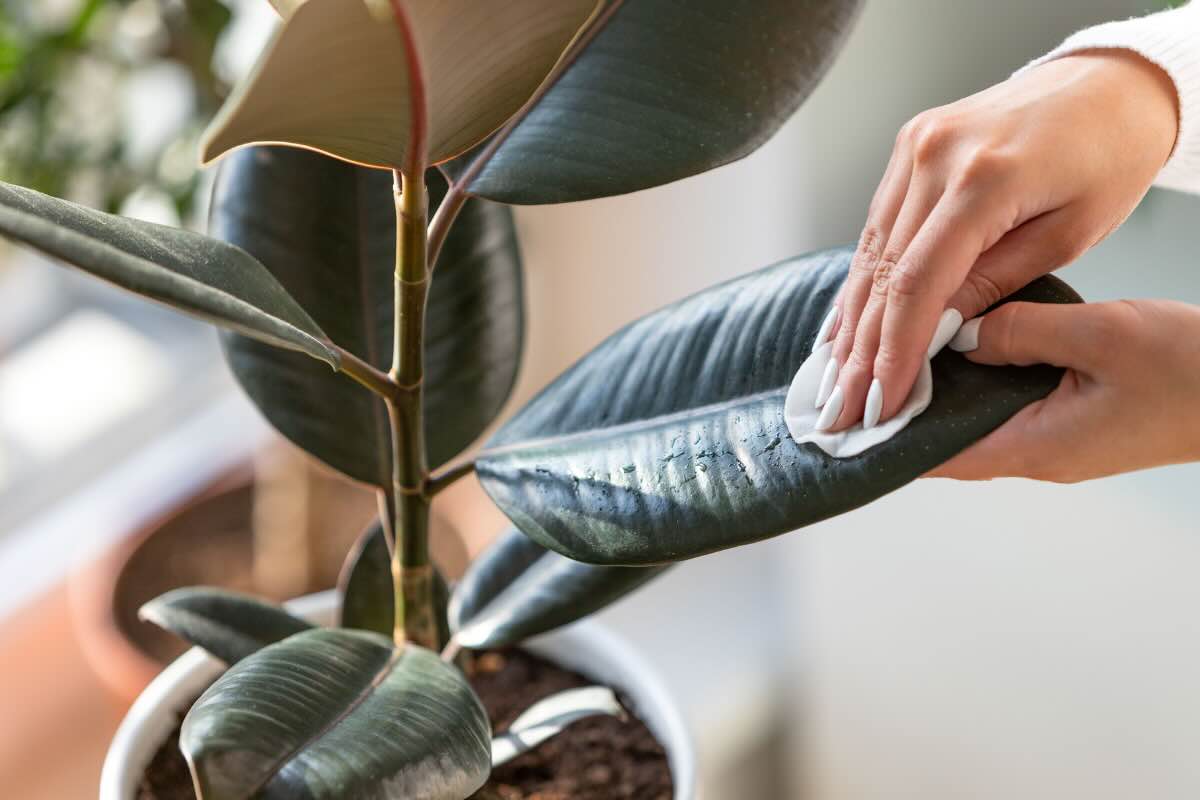
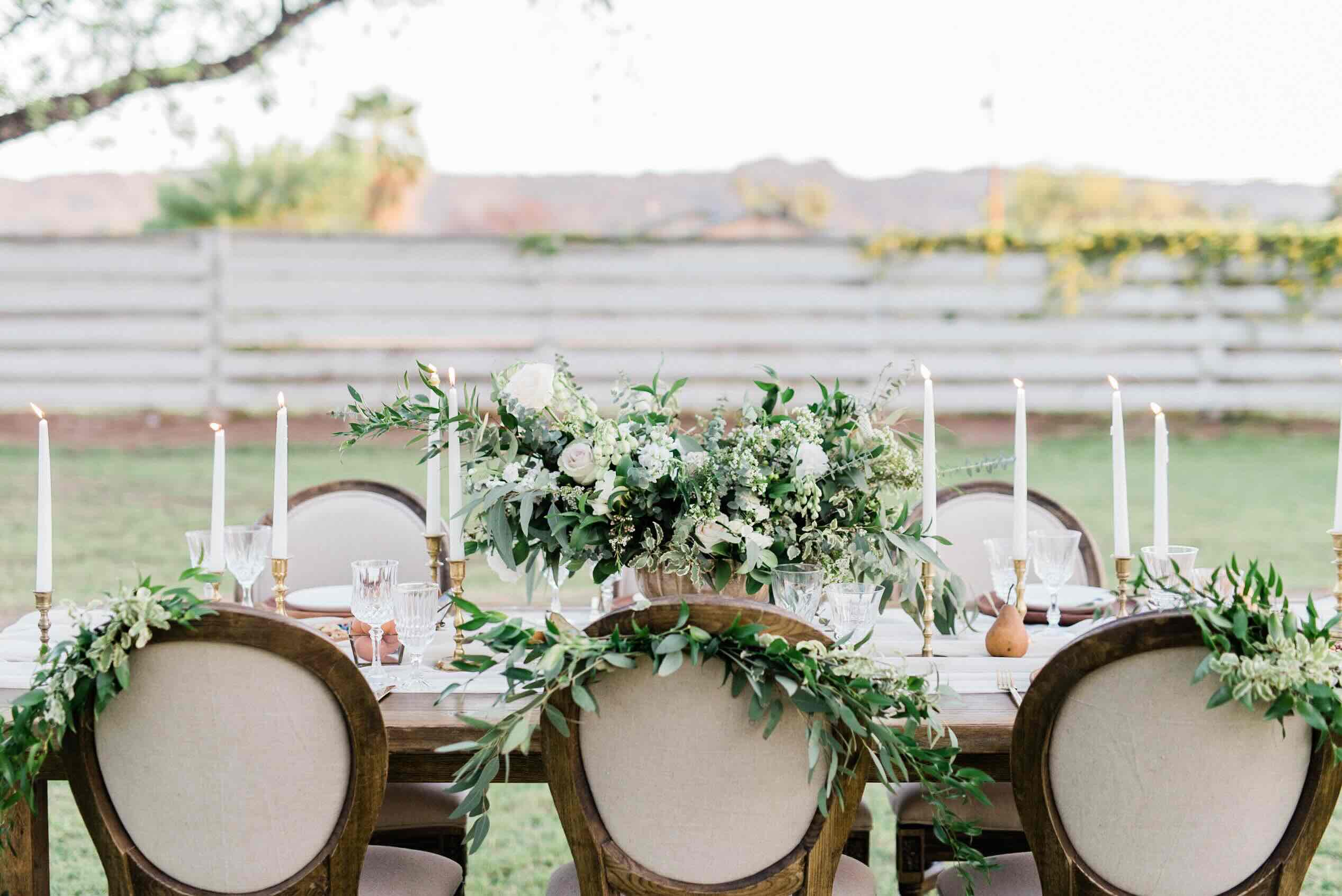
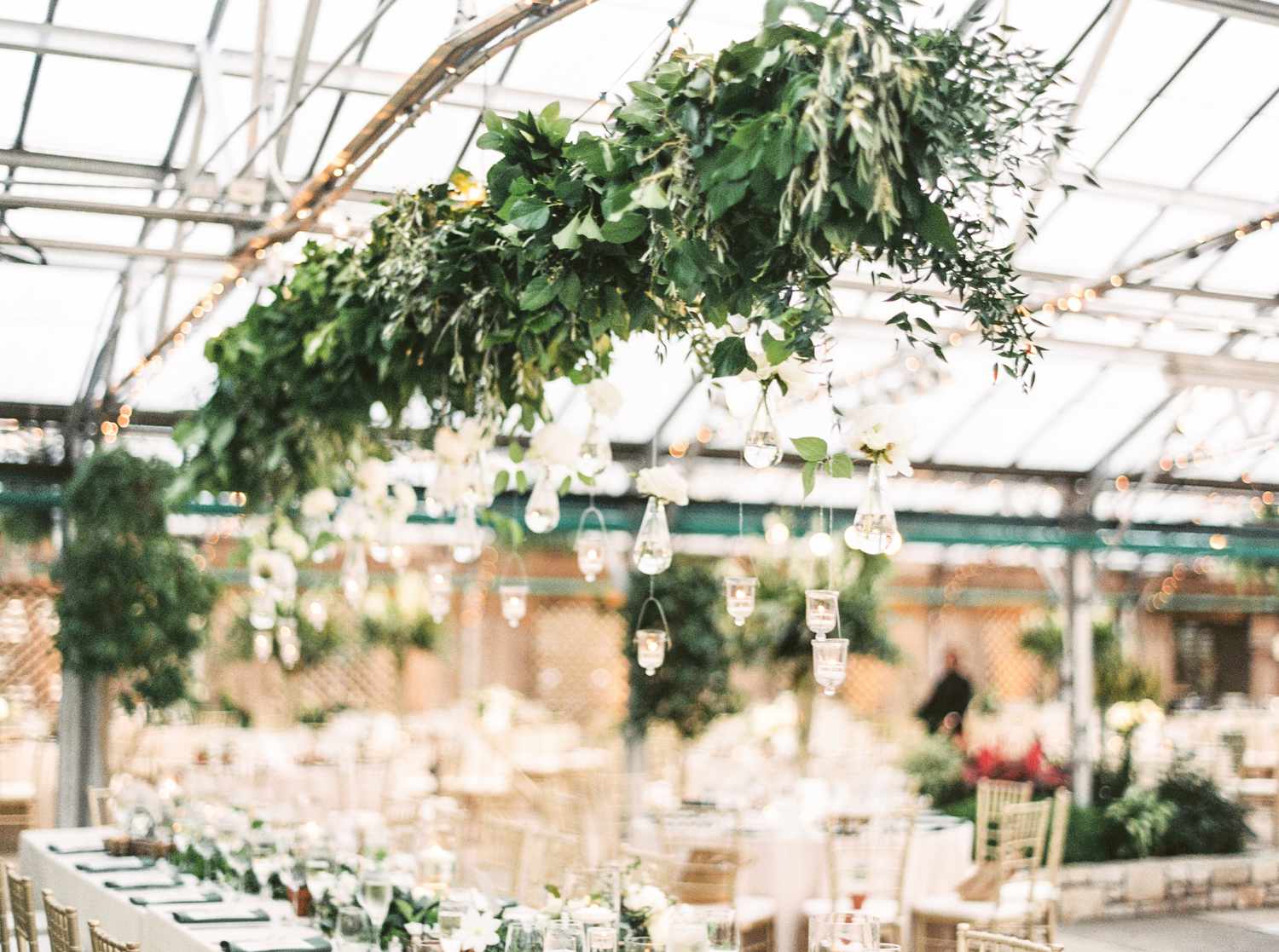
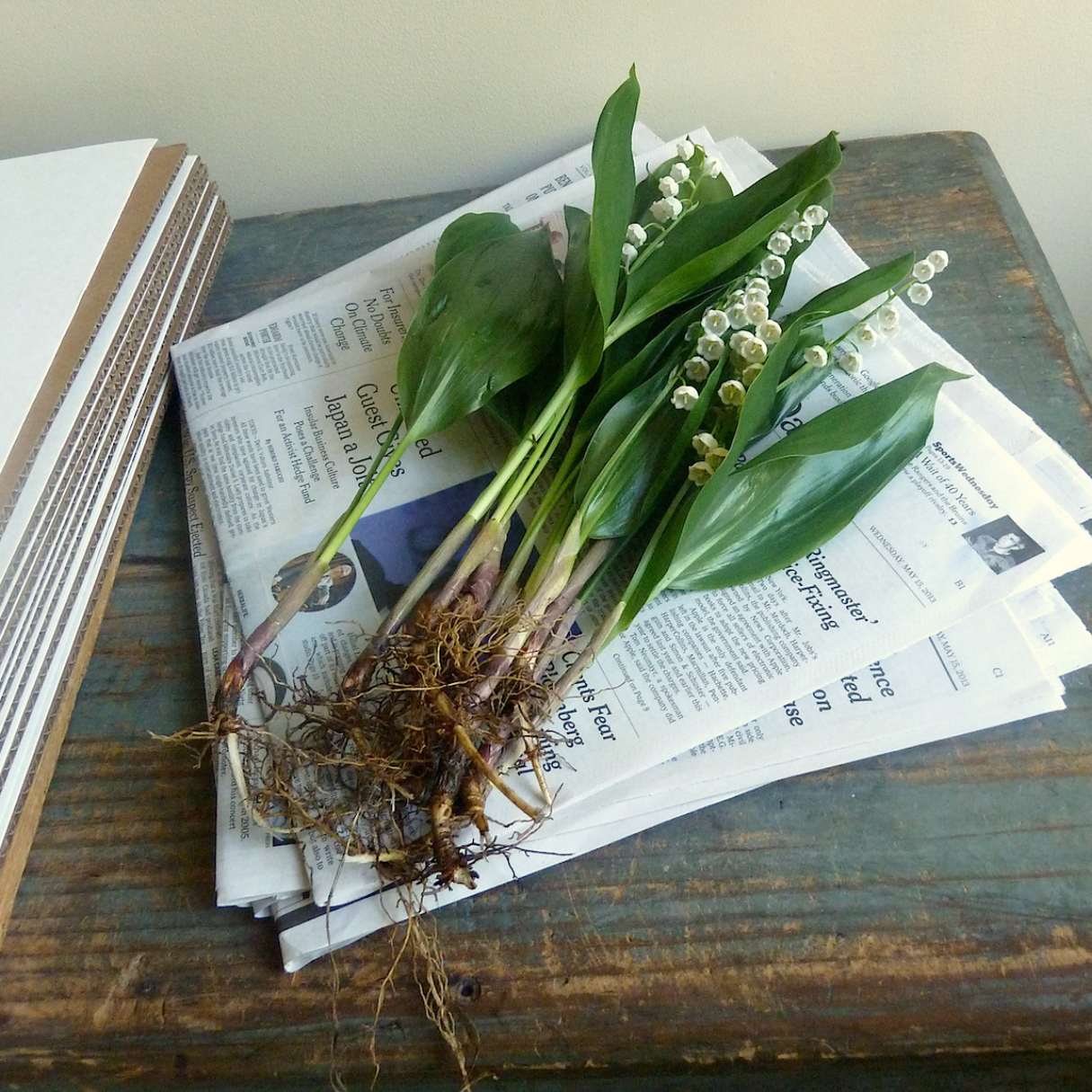
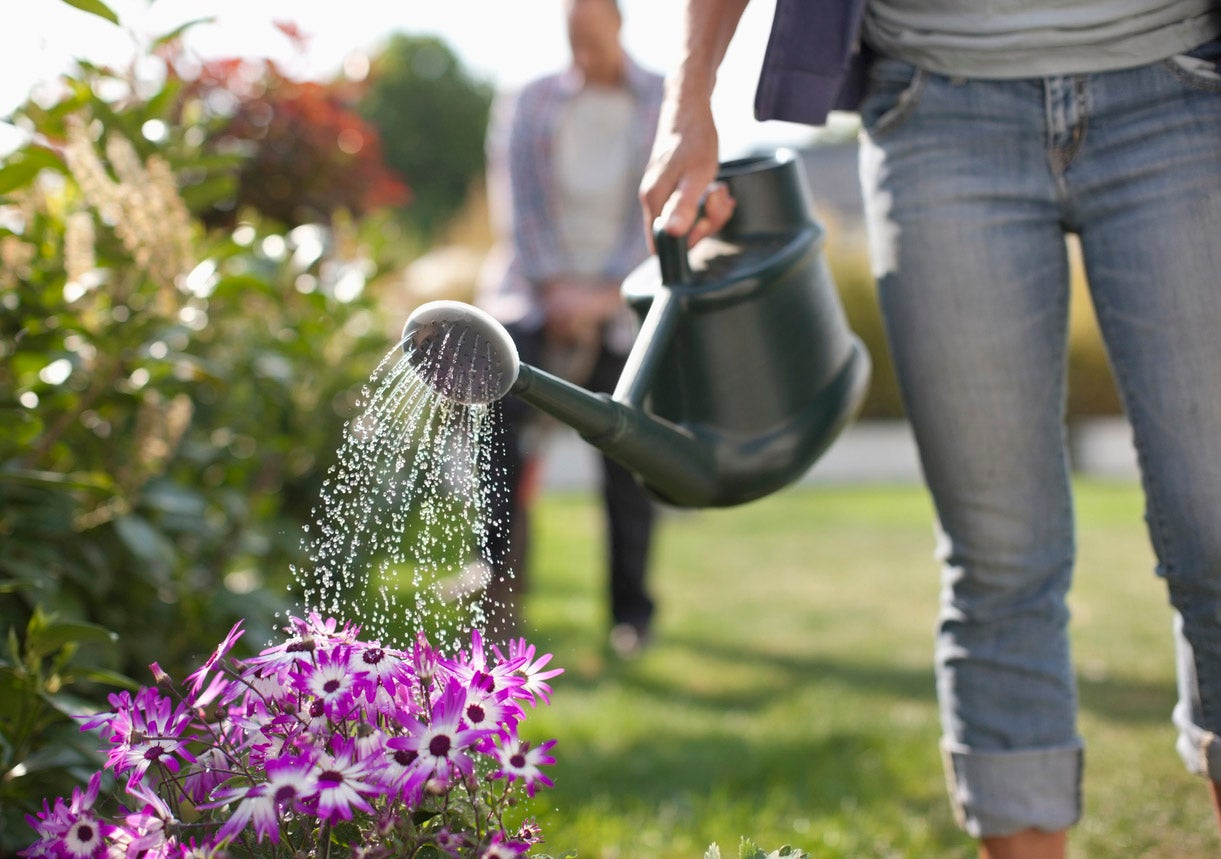
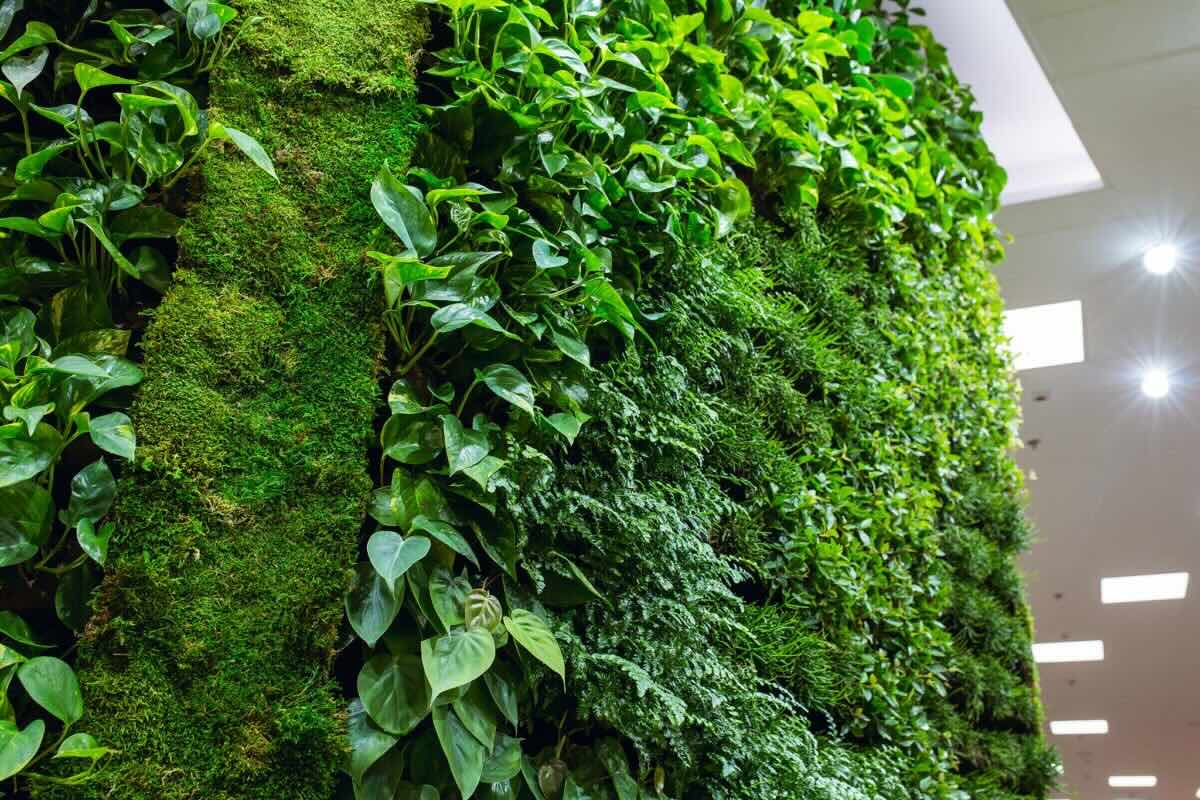
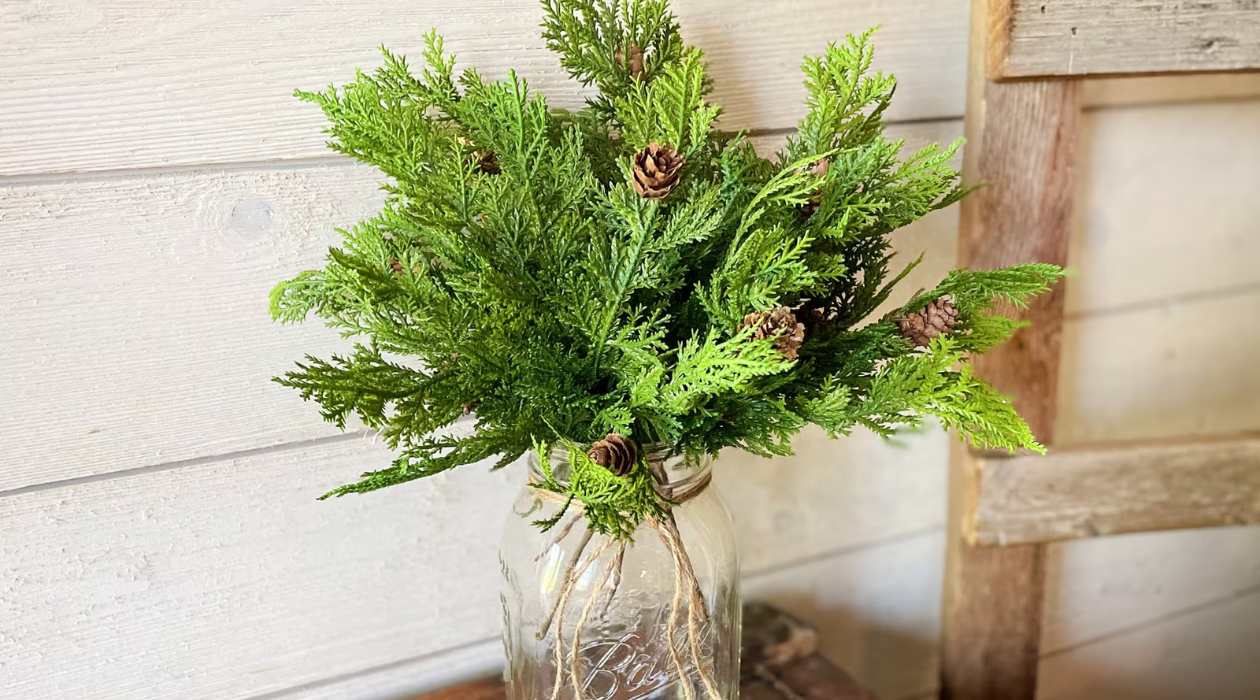

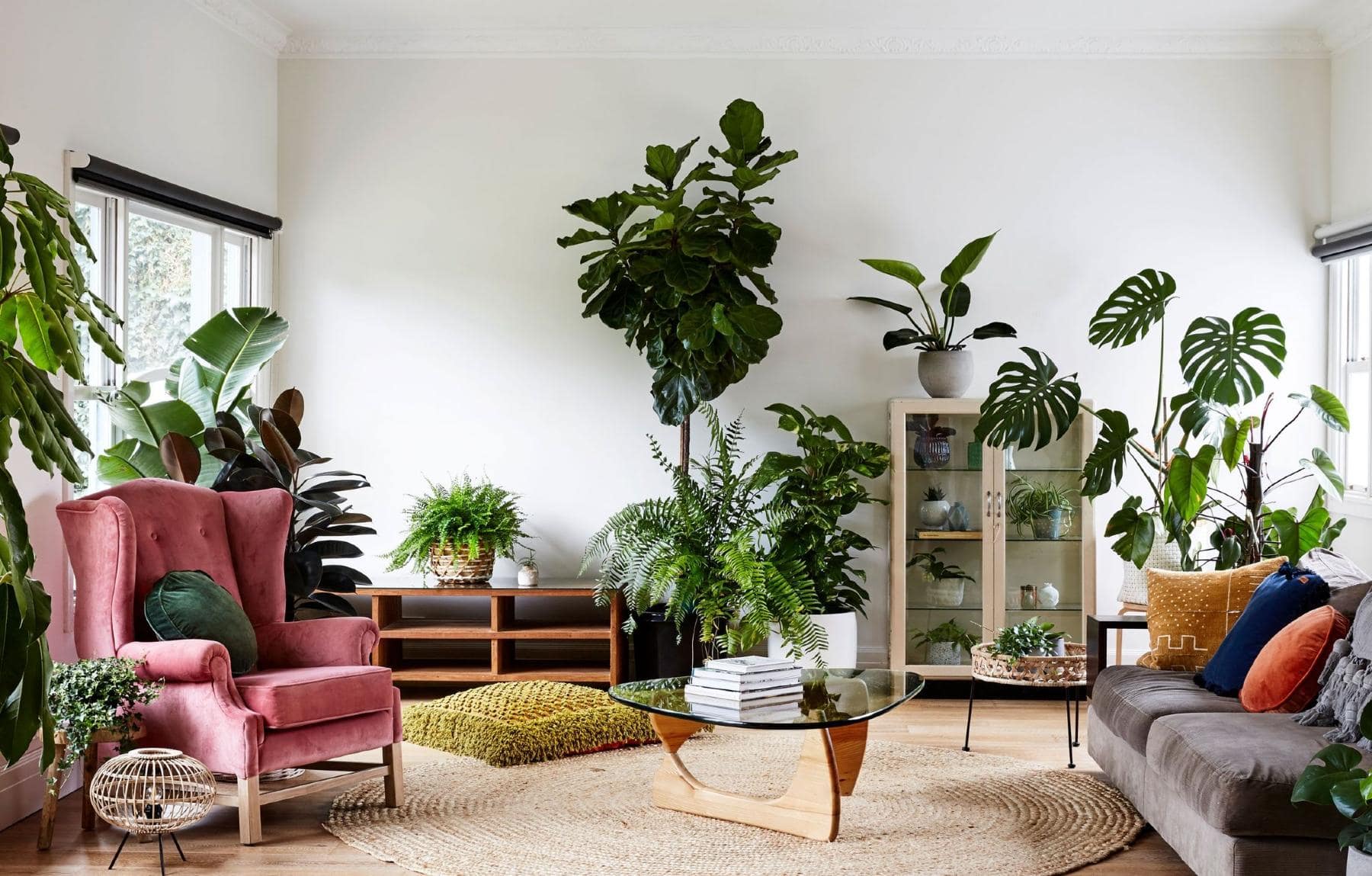
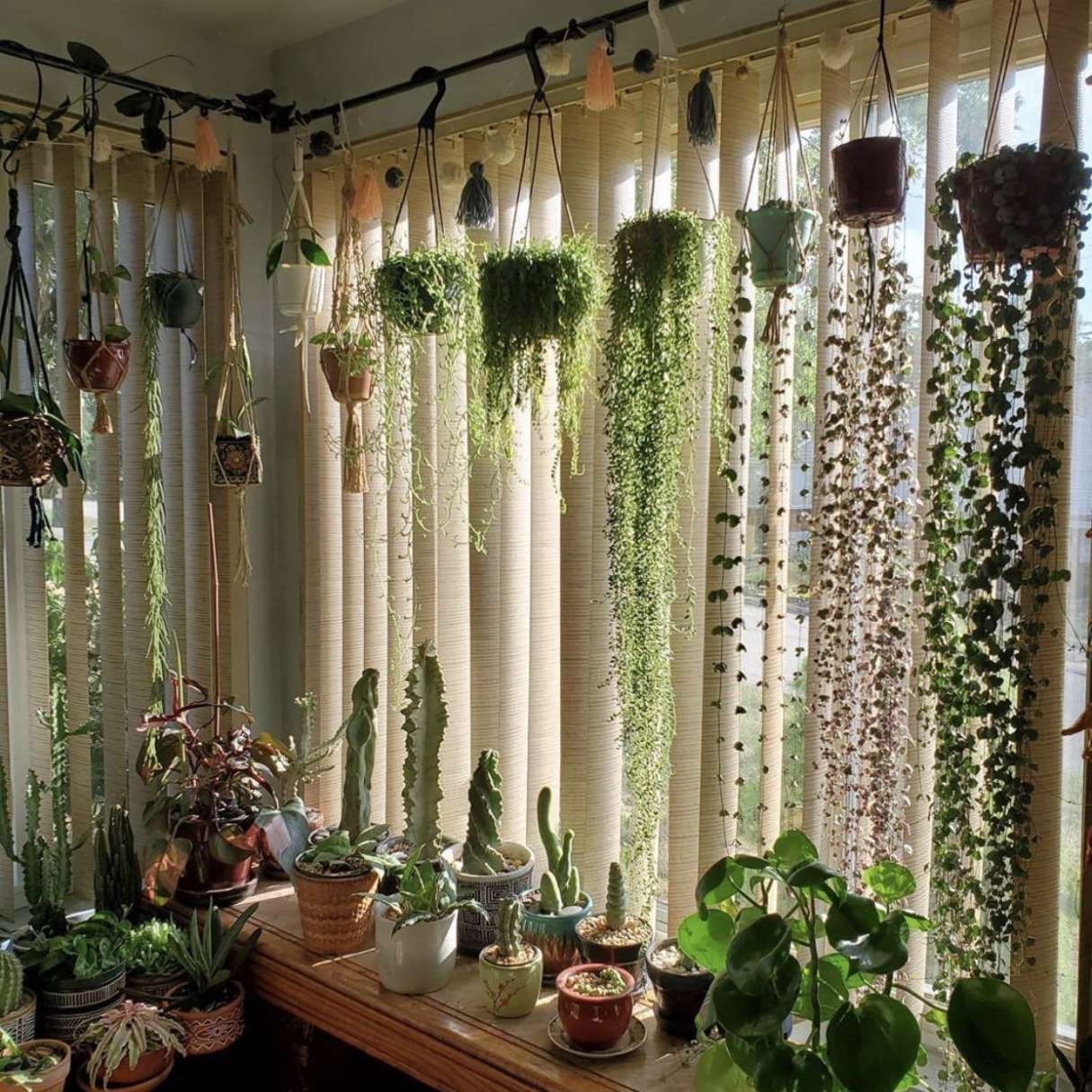
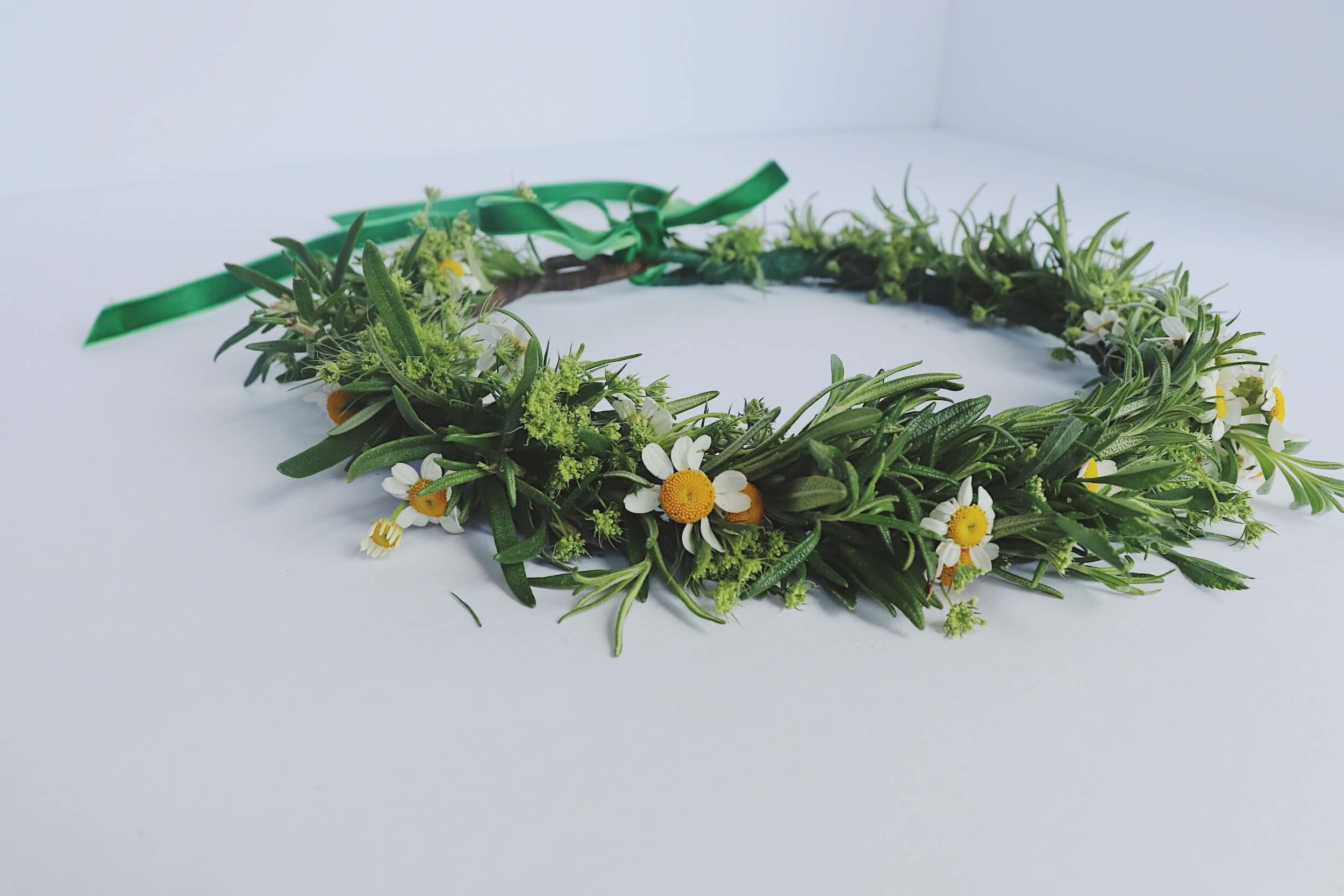

0 thoughts on “How To Decorate With Greenery”